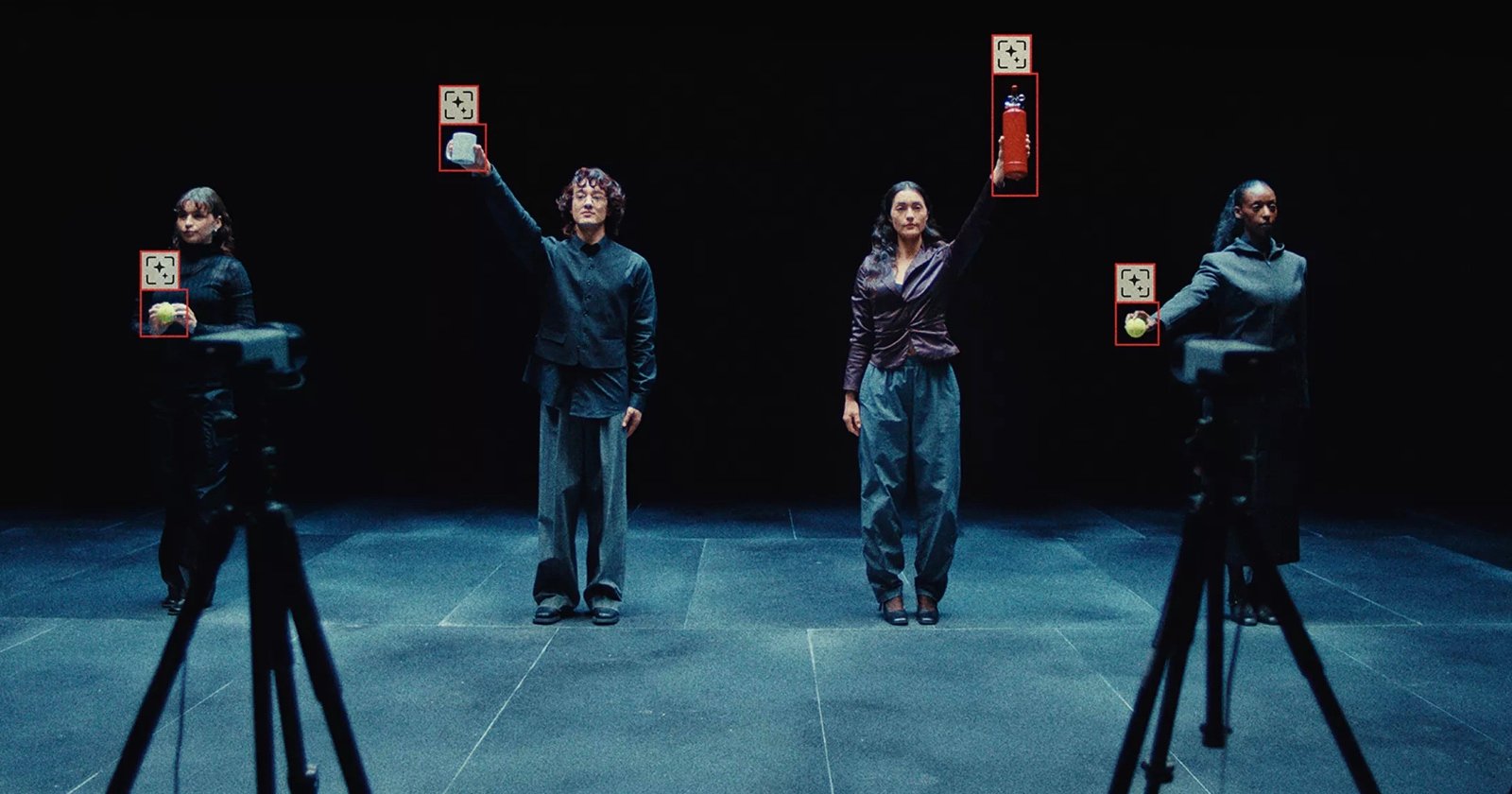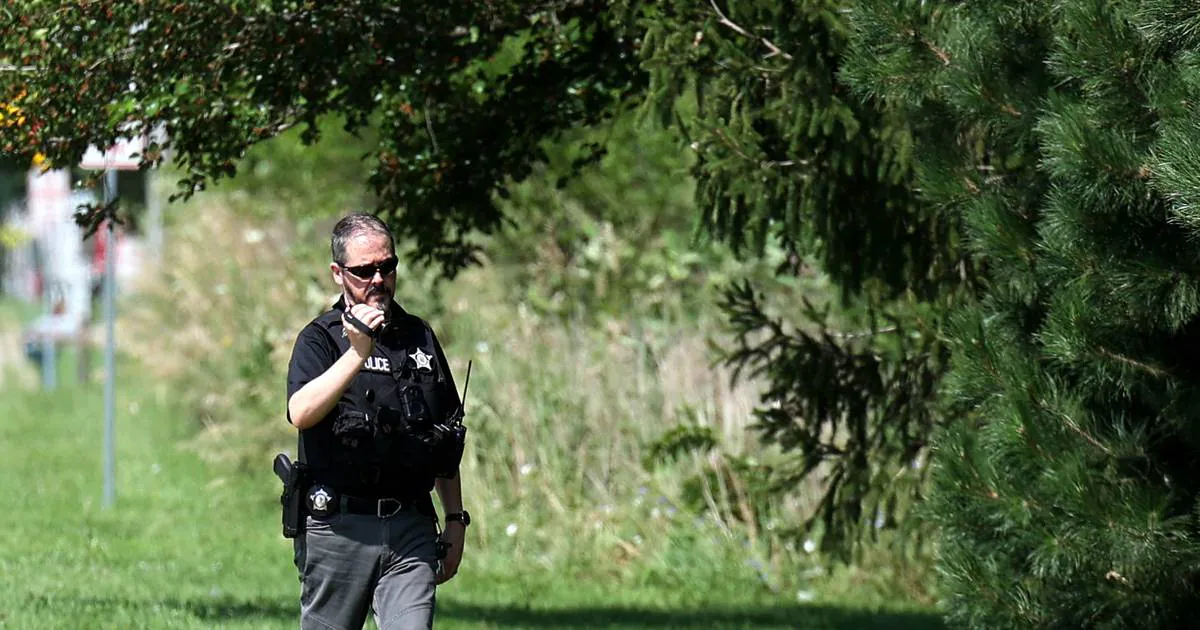
A team of engineers transformed video surveillance cameras into musical instruments, creating the world’s first orchestra made entirely of cameras.
In a new experiment, Axis Communications, a Swedish manufacturer of network cameras for the physical security and video surveillance industries, wanted to create the world’s first Object Detection Orchestra. Axis turned video surveillance cameras, powered by AI to detect everyday items, into fully playable instruments.
In a recorded performance, arranged by Swedish music producer Jonas Quant, four musicians used four cameras in place of conventional instruments to play a new arrangement of Richard Strauss’s Also Sprach Zarathustra. Strauss’ piece is widely recognised from the movie 2001: A Space Odyssey.
How Cameras were Turned into Musical Instruments
Performers held up objects such as a tennis ball, a mug, and a fire extinguisher in front of the cameras, which acted as musical cues. Different zones within each camera’s field of view were programmed to trigger specific notes or sequences, effectively turning the cameras into invisible instruments played in mid-air. When an object passed through a designated zone, the camera sent a signal via MQTT, a machine-to-machine messaging system, to a MIDI interface, which produced the corresponding sounds through speakers, according to IFL Science.
Axis says the aim was to demonstrate how its high-performance cameras, when paired with AI-based analytics, can be trained to recognise custom objects and trigger real-time responses.
“With this experiment, we wanted to challenge what is possible with our video surveillance cameras and AI-based analytics when it comes to detecting custom objects and triggering actions in real time,” Ghaith Sankari, an experienced software engineer at Axis, says in a press release. “We made an orchestra. But our customers can use the same cutting-edge technology to create a broad range of advanced solutions tailored to their needs.”
“We could have used any objects really, even sounds,” Sankari adds. “What you train the cameras and analytics to detect is totally up to you. For example, we have customers who use this technology to automatically spot design flaws or production errors.”
Previously, a team of Axis engineers froze a camera underneath the ice in an ice hockey rink to film the sport from a once-impossible angle.



